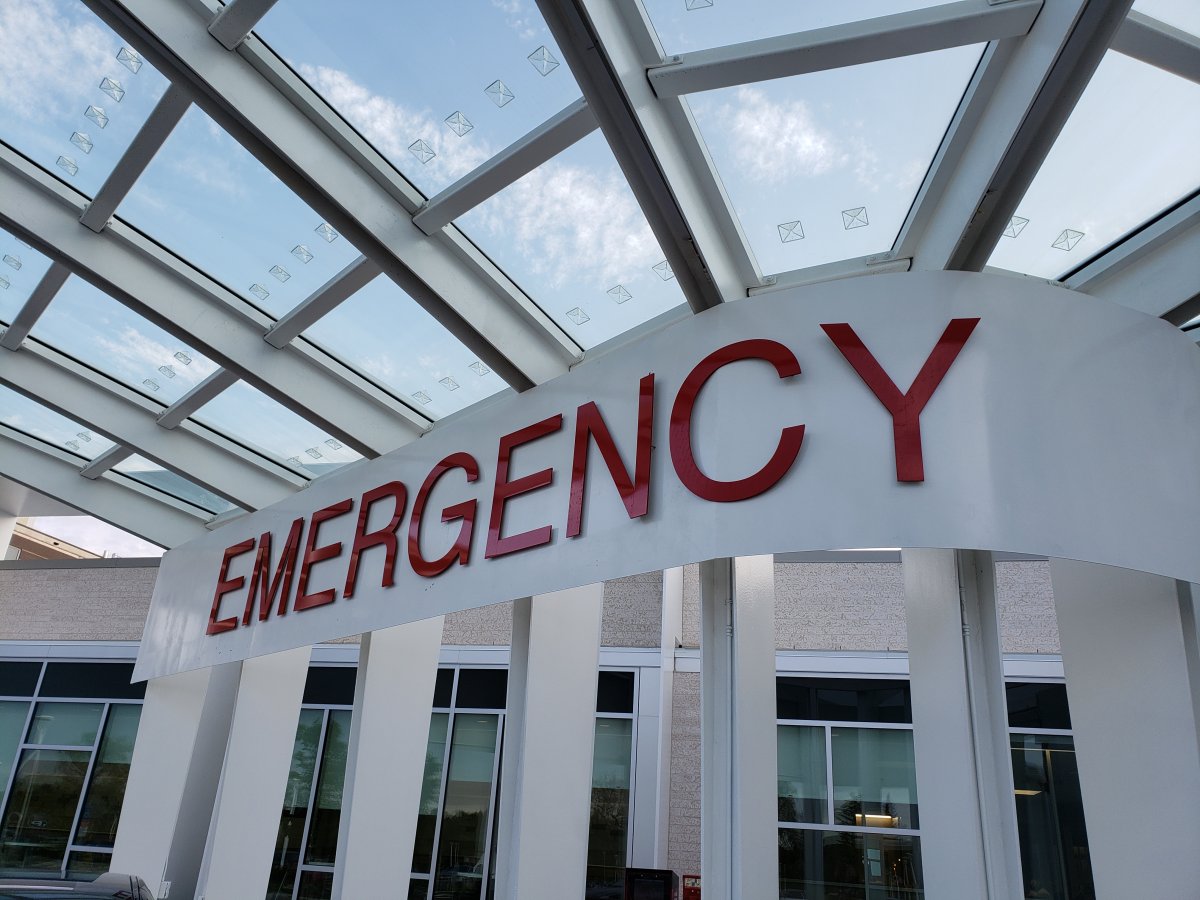All three city ERs in Winnipeg were forced to redirect patients Thursday night according to doctors who spoke to Global News, after what the Winnipeg Regional Health Authority calls a system-wide computer crash that affected health care facilities province-wide.

The WRHA and Shared Health said its hospitals were dealing with an issue with Citrix, the main information storage platform used to create an electronic patient record and house test results and other patient data.
It said it forced all sites to implement “downtime protocols” to continue patient care as the technical support teams and the service provider worked to get Citrix back up and running.
“Many of us have never experienced this type of outage,” WRHA Chief Health Operations Officer Krista Williams said. “What’s unique was the scope of it. In my experience I haven’t seen something this widespread.”
Williams said the problems did slow down operations and extend wait times but the WRHA also brought in extra staff to assist.
However, two local doctors said the extreme problems that persisted in the hours during the crash has more to do with changes to the health care system over the past three years and the inability to keep up with patient volumes.
“(Before) there for sure would be days where people would sit and wait for a really long time,” one doctor told Global News. “That happens more often now. Ambulances get backed up… it’s a trickle down effect.”
Both doctors spoke to Global News on condition of anonymity, for fear of losing their jobs.
One said both Health Sciences Centre and St. Boniface hospitals were forced to redirect ambulances to the Grace Hospital for hours after patient volumes hit critical levels. However, that lead to the Grace quickly filling up and becoming overwhelmed and also going on redirect.
“So the three ER’s were rotating on redirect. Wait times were through the roof.”
According to sources, patients were not being triaged in a timely manner, ambulances were unable to offload patients and urgent care centres were being “bombarded” with patients.
“Grace ER had to call in an extra doctor overnight to help relieve the backup,” said one source.
“Last night was not a good time to be sick in Winnipeg.”
Shared Health confirmed the system-wide computer crash and said it meant there were issues accessing data which caused delays accessing computerized data and electronic patient charts.
“Sites have brought in additional staff to help manage flow and deal with backlog and are making good progress,” Shared Health said in a release to Global News. “Patients may continue to see some increased wait times both at emergency departments and urgent care centres but also at on-site pharmacies filling prescriptions.”
“It’s catastrophic when that happens,” the doctor said. “But those (hospital) sites are getting crushed and the (crash) only amplified that.”
The system crash also means wait times are not available online at the moment.
“It’s frustrating and I wouldn’t blame anyone for this mess right now,” the doctor said. “But when you see the (Pallister) government trying to spin it like everything is going well.. it’s just not true.”
“To be fair, they inherited a mess and the whole system is broken. It can’t be turned around quickly. But to say wait times are down and everything is going well… It’s blatantly lying.”
Another Winnipeg doctor agreed that the chaos is more than just a computer shut down, describing it as “an absolute shit show” and said at times they have “to assess critically ill patients in chairs.”
“This is only the beginning… come flu-season the system will be pushed to the brink of failure.”
“There is currently no plan, despite physicians, nurses warning of the inevitable, from Shared Health. The system has failed. People will be hurt. It’s only a matter of time.”
According the Health Minister Cameron Friesen, it took about 36 hours to get the system fully back up and running.
“It was a series of cascading failures,” Friesen said on a Friday night conference call with reporters. “There are redundancies. Those redundancies failed.”
However, he said this situation is not without precedent.
Friesen said it happened before in 2013, and the system was down for 50 hours.
The Health Minister said his team, the WRHA and Shared Health will be investigating how and why the crash happened but added they will learn from the issue and use that to improve.
WATCH: Winnipeg doctor speaks out after ‘lack of capacity’ in emergency rooms






Comments